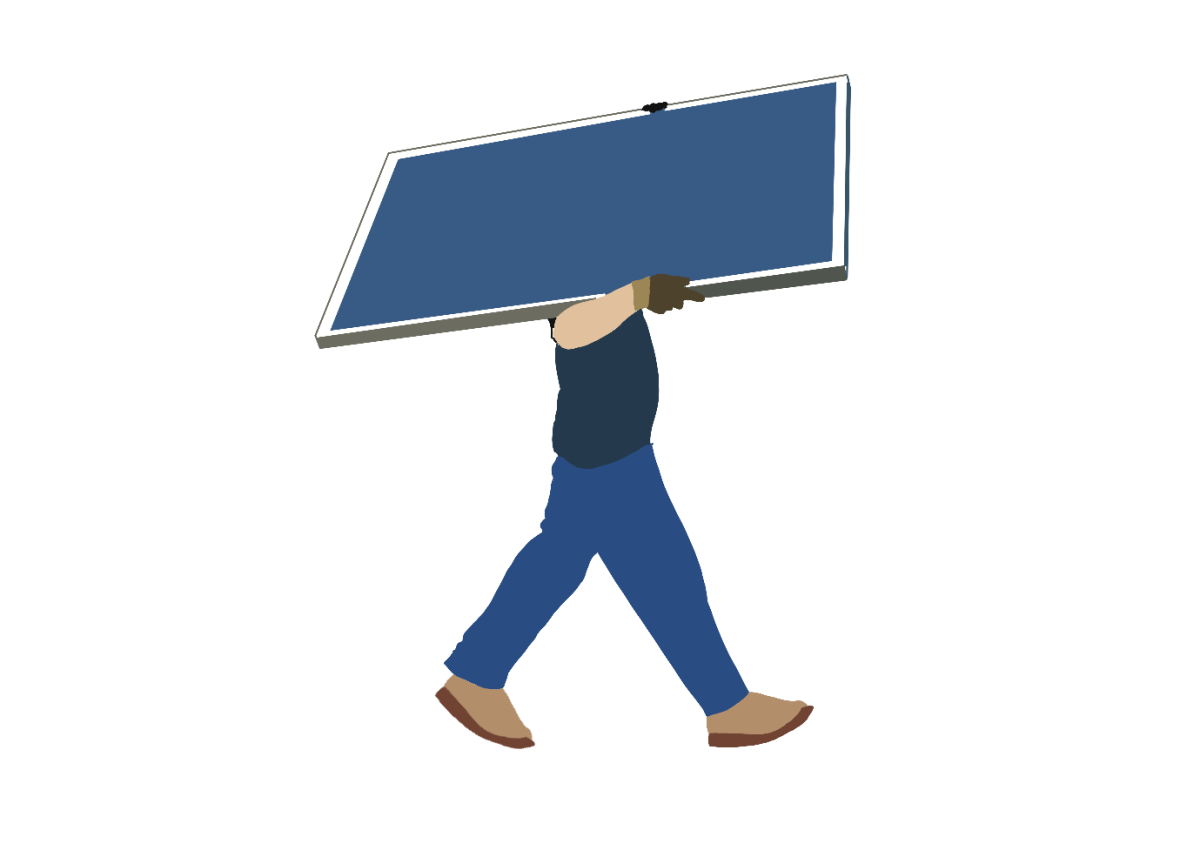Public view of natives’ identity not reality
November 30, 2011
How Americans view native people may affect how they see themselves.
As a part of Native American Heritage Month, Cornel Pewewardy, director of Indigenous Nation Studies at Portland State University, spoke in the Student Center Monday on how the public perceives native people. Through educating leaders in schools, Pewewardy said false identities of indigenous people may be reduced.
“Too many people have the idea that we are only in the past, and you can walk past us on campus and never know who you’re looking at,” said Nichole Boyd, president of the Native American Student Organization. “I tell people ‘I didn’t show up in my buck skin and feathers today, so it’s not my fault you can’t recognize who and what I am’.”
Advertisement
Sierra Dolwick, a sophomore from Woodlawn, Tenn. studying theater, stitches a beading pattern Tuesday at the Student Center during a lazy-stitching tutorial put on by the Native American Student Organization. Nichole Boyd, president of the Registered Student Organization, said the style of beading is traditional and still in use today, unlike more stereotypical crafts associated with Native Americans such as dream catchers. Genna Ord | Daily Egyptian
Pewewardy said because the education and development of natives may be affected by the ways others identify Native Americans, people should work to break down what he describes as a “dysconscious,” or the way people’s views are not associated with reality.
“When you’re in higher education, you have to dispel a lot of myths, archetypes that have been portrayed,” he said.
One way the public can better understand natives, Pewewardy said, is to disprove images meant to represent indigenous peoples. Through images such as mascots for sports teams and those found in movies like Pocahontas, native people’s identity has been shaped, he said. The story of Pocahontas as portrayed by Disney, he said, was not correct but was changed from the tale passed down through generations to appeal more to the audience.
Pewewardy said he has worked to eliminate such images with attempts to ban Native American mascots from the NCAA. He said his interest to eliminate the mascots began when he was the principal of a school for native children who, on a field trip to a Washington Red Skins’ game, passed people tailgating who were dressed to look native and thus affected the students view of themselves.
Because of what the students saw, Pewewardy said, their self-esteem was affected.
“One of the first lessons you know that’s a generator of academic performance is high self-esteem. But if you beat up somebody’s self-esteem and make them feel less than, make them feel bad about who they are, more than likely they’re not going to do well academically,” he said.
Advertisement*
What Pewewardy described as the Indian image of native people has not only shaped the idea some non-natives hold of Native Americans, but how indigenous people view themselves, he said.
“The Indian image is burnt into the American psyche … the native people subscribe to these, then they have bought into power control over somebody else’s explanation, and so they haven’t gone into their own analysis to understand who they are — they’re given somebody else’s,” Pewewardy said.
One way natives’ self-identity has been influenced by the public is how they are named. Pewewardy said his grandfather and others were labeled as “colored people” by non-natives and his father was labeled “Indian.”
“Every decade there’s a new term for us … that’s burned into the psyche of people telling you who you are and your ethnic identity,” he said.
While Pewewardy spoke to students about Americans’ false identification of native people, Boyd said more specifically, students on campus who have a better understanding of what being Native American means should share with others to enhance their education.
“To leave here, after you leave this university, really diverse, you need to understand what it’s like to work with all types of people,” she said.
After the presentation, Adaline Tucker, a freshman studying political science, said she had recently completed a project on the life of Native Americans and discovered the quality of life statistics for natives was declining.
“From living on a reservation and going on to live in a culture outside of that, there is a great disparity,” she said.
She said she thinks both self-healing techniques and legislation could help clarify the public identity of native people. Tucker said Pewewardy’s lecture gave her a closer look at challenges faced by native peoples.
Advertisement








